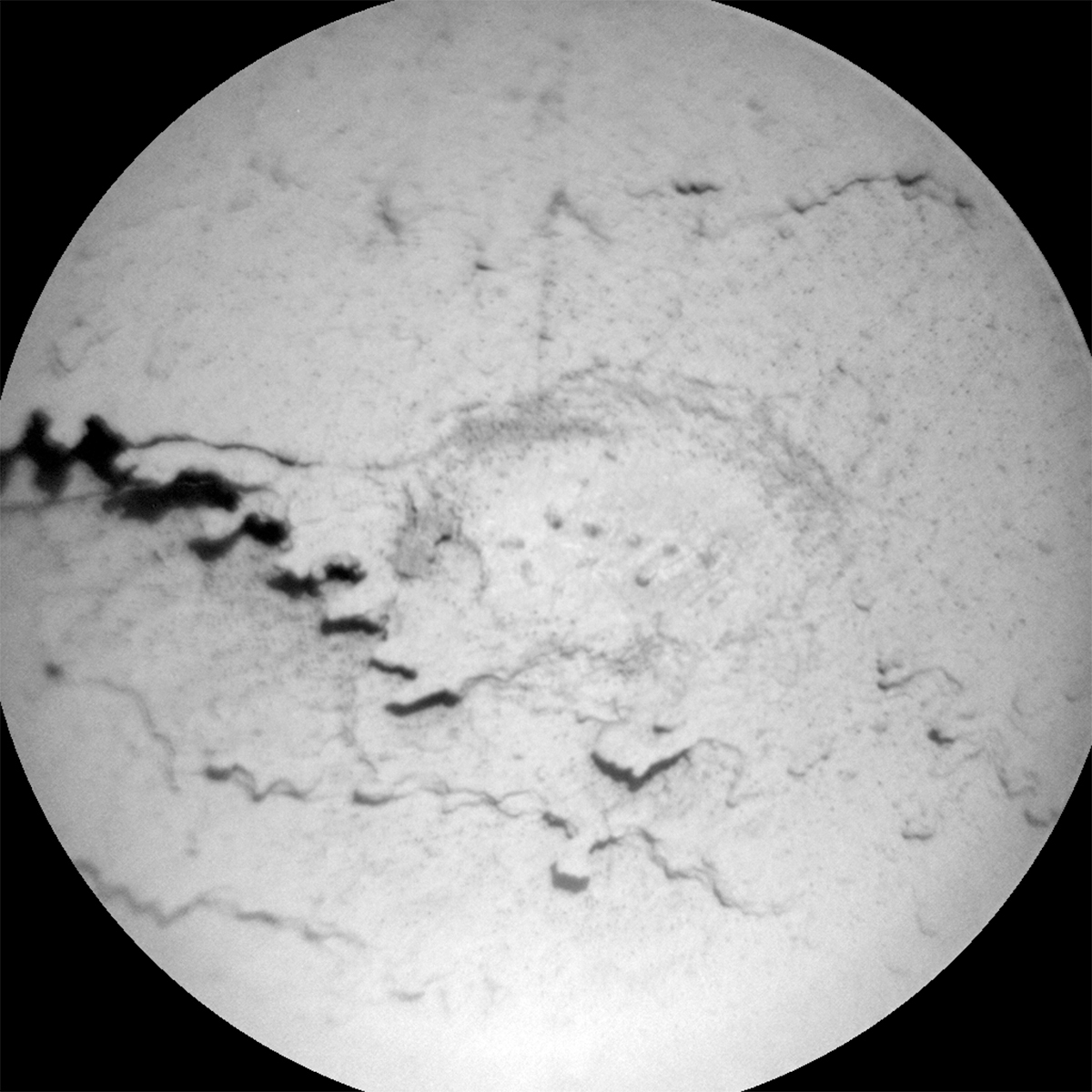2 min read

Earth planning date: Monday, May 8, 2023
A lot of preparation goes into assessing a potential drill site on Mars, and the “Ubajara” target got the usual treatment. Over the past several sols, Curiosity has diligently characterized the potential “Ubajara” drill site with activities such as MAHLI and APXS, brushing it with the dust removal tool, and completing a “preload” test. The preload test presses the rover arm down on the rock to get an idea of how the rock will react under the pressure of drilling.
Today was an exciting planning day. The science team mapped out two different plans for Sols 3823 and 3824 because the decision to drill hinged on the results of the preload test; we wanted to be prepared with a full slate of alternate activities if the drilling was moved to Sol 3825. Thankfully, we got the green light to drill “Ubajara” on Sol 3823 just in time to deliver the plan to the rover! The team is looking forward to learning more about this interesting light-toned bedrock to understand how its chemistry fits into the larger rock record in Gale crater.
On Sol 3824, Mastcam will follow up with multispectral imaging of the drill tailings (the small pieces of pulverized rock removed from the drill hole) and a gray fracture or vein named “Charvein.” Mastcam stereo mosaics of the workspace (the area in front of the rover) and the Gale crater rim in distance are also in the plan, as well as a Mastcam full tau that measures the amount of dust in the atmosphere. Lastly, ChemCam LIBS will characterize the regularly laminated, nodular bedrock of the “Arapira” target.
Back here on Earth, we will be anxiously awaiting to see the new “Ubajara” drill hole on Mars!
Written by Sharon Wilson Purdy, Planetary Geologist at Smithsonian National Air and Space Museum







